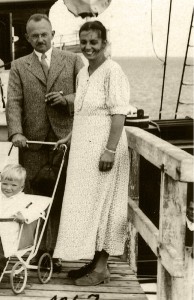
For several years that it is exactly what they did: hide the fliers of the opponent “Bekennende Kirche” (part of the protestant church against Hitler) under carpets and thereafter drive to the countryside. However, informing people about the Nazis’ true intentions was insufficient in 1942 and it became necessary to protect the persecuted from being deported, i.e. to provide RescueResistance.
When the reverend Heinz Welke and Dr. Fritz and Margarete Kahl got to know each other in 1941 each had already gathered their own experience as a Nazi opponent. As a theological student Welke had refused to take the oath to support Hitler in February 1935. Kahl traveled to Berlin in 1934 to support a Jewish colleague whose medical practice had been shut down. Welke preached against the Nazis in Oppenheim/Rheinhessen and was sought by the Gestapo in Darmstadt in December 1938. Kahl rescued a Jewish factory owner from being arrested during the November pogroms in 1938. Reverend Welke was arrested by the Gestapo during an illegal stay in Frankfurt in 1939. He was tortured and severely ill and was only released from prison due to his friends’ efforts. The aid department of the “Bekennende Kirche” in Switzerland financed a cure for him in Davos. He returned in 1940 and found like minded friends in Dr. and Mrs. Kahl, who felt similarly obligated to offer help and rescue.
Dr. Fritz Kahl continued to treat Jewish patients in 1941, although this had been prohibited for a long time. Margarete Kahl sent her son Eugen to deliver bags full of groceries to Jewish patients – a means of combating the hunger politics of Jakob Sprenger, the Hessian “Gauleiter”. Although the Kahls had four children themselves they did not allow themselves to be intimidated. They looked for others who thought like they did and built up a small resistance network: members and reverends of the “Bekennende Kirche”, patients from the medical practice, people from within the neighborhood of Bockenheim, people from outside the neighborhood, amongst whom was Kurt Müller, a reverend from Stuttgart and Dorle Pfeiffer, an escape helper and Luise Wetter who lived in Switzerland. In 1939, the Kahls gave their household helper Paula Meisenzahl jewelry, which had been collected from Jewish patients, which she in turn brought to London. Trude Lengler and the attorney Johannes Becker also belonged to the list of helpers from Bockenheim. Cavit Fitaman, who worked in the Turkish consulate, obtained fruits and vegetables, and the grocer Albert Pallentin cashed in ration cards. Karoline Weber, a hospital welfare worker helped reverend Welke so that he could organize his reconnaissance trips and conspiratorial meetings. Wilhelm Gentemann, a civil servant criminal investigator, also Karl Münch, a metal worker, and many other nameless helpers — they all helped with the rescue efforts of the small Bockenheim network.
After the final large deportation on 14 February 1945, when approximately 200 Frankfurter were transported to Theresienstadt, the remaining people being taken care by reverend Welke and Dr. and Mrs. Kahl went into hiding in Königstein near Frankfurt. Welke had arranged for the hiding place. Margarete Kahl went to her neighbor Margarete Wiehl and offered to hide her as well. Mrs. Wiehl declined the offer and was deported shortly thereafter to Theresienstadt. She knew what to expect because her sister had already been deported there in 1942. There was no subsequent sign of life from the sister.
.
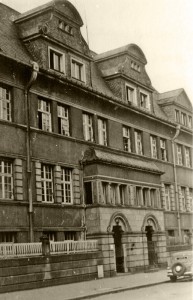
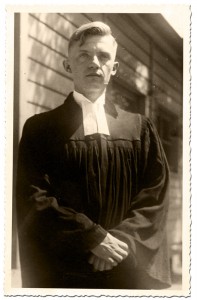
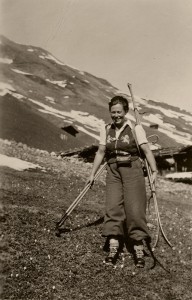
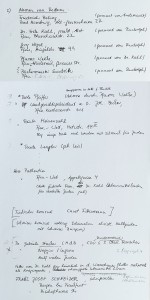
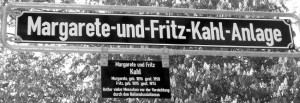
See: Petra Bonavita: Mit falschem Pass und Zyankali, Stuttgart 2009, pages 11-51; also: Zivilcourage und Widerstand – Zum 100. Geburtstag von Heinz Welke, Catalogue, Frankfurt/Main 2011.